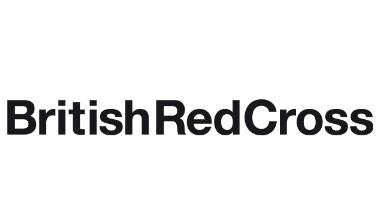A Child Who Is Choking
British Red CrossA child who is choking may be clutching at their chest or neck and won’t be able to speak, breathe or cough.
1. Give up to five back blows: hit them firmly on their back between the shoulder blades. If back blows do not dislodge the object, move on to step 2.
Back blows create a strong vibration and pressure in the airway, which is often enough to dislodge the blockage. Dislodging the blockage will allow them to breathe again.
2. Give up to five abdominal thrusts: hold the child around the waist and pull inwards and upwards above their belly button. Abdominal thrusts squeeze the air out of the lungs and may dislodge the blockage.
3. Call 999 if the blockage does not dislodge.
Continue with cycles of back blows and abdominal thrusts until the blockage dislodges, help arrives or the child becomes unresponsive. If you can’t call 999, get someone else to do it.
Common questions about first aid for a child who is choking
How hard should the back blows I give be?
You should change the force of the back blows depending on the size of the child. Be much gentler with a smaller child than with a larger child. The force you use to deliver the back blows should also be relative to your own strength. The back blows need to be hard enough to dislodge the blockage.
What happens if the blockage goes down into the lung rather than coming out of the mouth?
This can be dealt with in hospital. It’s not ideal, but the important thing is that the airway is clear so the child can breathe again.
If a child is choking, should I hold them upside down by their feet?
No, this is not effective. You may cause further injury if you happen to drop them. The action of tipping them upside down may also move the object further down their throat.













